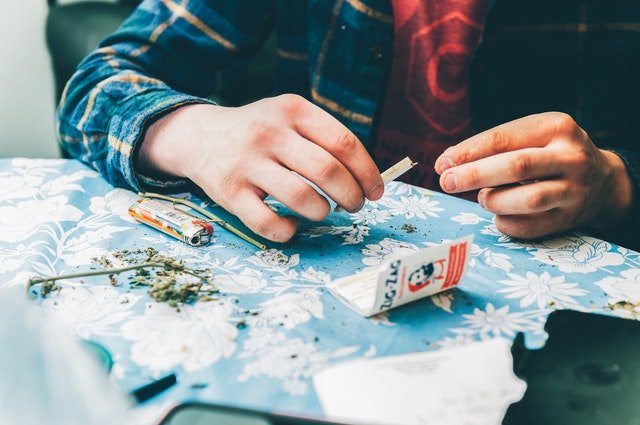What Are Rolling Papers Used For?

Rolling papers are specialist paper used in the manufacture of cigarettes. Rolling papers are stacks of several cigarette-sized sheets, often cut into quarters or half-circles, then folded tightly inside a heavy-duty cardboard cover. It's also called 'rolls', which is also used to encase marijuana. The name roll comes from the tendency of rollers on rolls to 'roll' up, much like a snowflake.
The paper-rolling method uses a pressurized rolling drum, similar to the kind you might find at a coffee shop. Wood pulp is placed in the drum, with a small amount of water in the bottom. As the paper is rolled, the water seeps between the cigarette paper and the wood pulp, which absorb the tar and nicotine. To produce the desired strength of smoke, stronger paper should be used, and not more than two-thirds of an inch worth should be stacked on top of each other. When rolling papers, a very thin layer of glue is usually used between the paper and the wood pulp to hold it together. Check out this page for more detailed information on how roll a joint.
Rolling paper can also be made into papers that do not burn, such as 'dubbing'. This refers to the practice of using lighter fluid to create smoke from herbs, tobacco, or tobacco-burning products, without burning the plant. This is sometimes combined with the folding of rolling papers to produce a lighter fluid product that can be smoked. The most popular forms of dubbing are hookah and shishkabobs, but there are no national laws against it, nor does it constitute smoking in public. In fact, some countries have designated smoking areas in public places (some of them forever) to make it harder for people to get a hold of cigarettes. There are many different types of dubbing, but they all use a similar technique.
Some cigarette papers also contain ingredients that help smokers get through the 'first few' puffs. Hemp has a great deal of antioxidant power, which makes it a great addition to a healthy diet and exercise program. It also encourages people to quit the old habit of lighting up right before bed. Hemp also contains the chemical cannabidiol, which has the same calming effect on the nervous system that nicotine does, but doesn't affect the brain's chemistry like nicotine does. People who use hemp rolling papers to stop smoking will experience fewer cravings and headaches, and will often find that they don't get sick as much as they used to after stopping smoking.
A third alternative to traditional rolling papers is the use of rice papers. Like hemp, rice paper also contains cannabidiol, and its chemical structure mimics that of marijuana. However, rice papers have been shown to be just as effective at helping people quit smoking as hemp. These rolling papers are available in many different grades and varieties, and they can be rolled to fit the shape of a cigarette, which makes it easier to give up.
A fourth alternative that is becoming increasingly popular is nicotine gum, which comes in all forms of varieties. Nicotine gum can provide a great deal of motivation for smokers who would otherwise be unable to quit without it. Smokers are able to control their addiction by chewing a little piece of gum each time they feel a craving of a cigarette. Like all of the other products in this article, spliff manufacturers sell their products to help smokers quit, so the cost is generally low, making them convenient and easy to use. Visit this page for more information about rolling papers: https://en.wikipedia.org/wiki/Rolling_paper.
